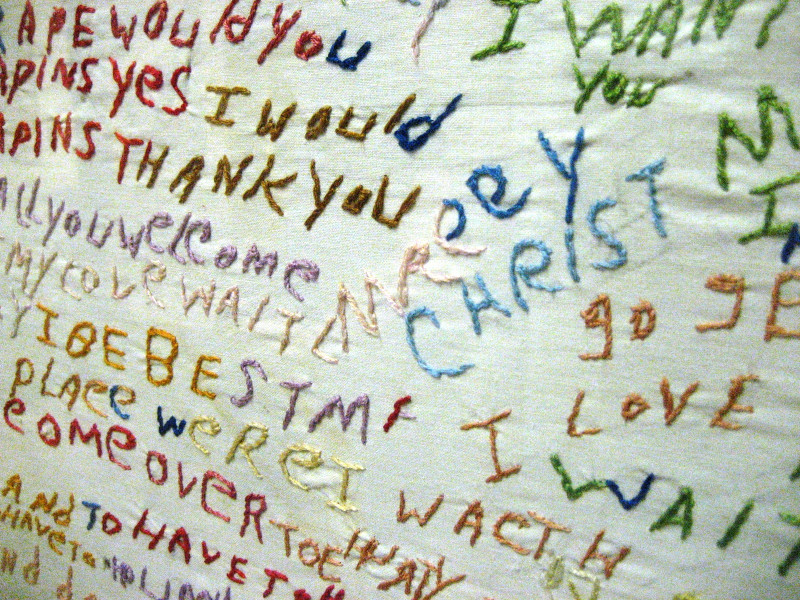Genius signifies exceptional and original insight, surpassing expectations and setting new standards in arts or endeavors. It involves intellectual ability and creative productivity, establishing superior methods and exceeding competitor capabilities. The term describes both the characteristic itself and individuals displaying it, including polymaths who excel across diverse subjects.
1911: Assessment of Intelligence by Francis Galton
In 1911, Francis Galton (1822–1911) initiated the assessment of intelligence, advocating for the analysis of reaction time and sensory acuity as measures of "neurophysiological efficiency" and intelligence.
1916: Terman's Stanford–Binet test
In 1916, Lewis Terman chose "'near' genius or genius" as the classification label for the highest classification on his version of the Stanford–Binet test.
1926: Terman's Genetic Studies of Genius
In 1926, Lewis Terman began publishing about a longitudinal study of California schoolchildren who were referred for IQ testing by their schoolteachers, called Genetic Studies of Genius, which he conducted for the rest of his life.
1937: Terman's Stanford–Binet test Revision
By the 1937 second revision of the Stanford–Binet test, Terman no longer used the term "genius" as an IQ classification.
1939: Wechsler on Genius Classification
In 1939, David Wechsler specifically commented that "we are rather hesitant about calling a person a genius on the basis of a single intelligence test score".
2010: Karolinska Institute Study on Creativity and Schizophrenia
In 2010, a study by the Karolinska Institute found that highly creative individuals and schizophrenics have a lower density of thalamic dopamine D2 receptors, which could mean a lower degree of signal filtering and a higher flow of information from the thalamus.
Mentioned in this timeline
California is a U S state on the Pacific Coast...

Schizophrenia is a chronic mental disorder primarily characterized by hallucinations...
Trending
2 months ago Trent McDuffie discusses playing multiple positions and motivates Chiefs before Jaguars game.

19 days ago Kyle Schwarber sparks free agency buzz: Phillies, Pirates show interest in slugger.
7 days ago Andy Garcia Teases Landman Season 2, Discusses Role and Fort Worth Restaurants.

Jared McCain is an American basketball player currently playing for the NBA's Philadelphia ers He previously played college basketball for...
Jo'Quavious Dequane Woody Marks is an American professional football running back for the Houston Texans of the NFL He played...

8 months ago Nick Chubb declares he's just getting started amidst free agency, addressing future plans.
Popular
Matt and Ross Duffer known as the Duffer Brothers are...
Aftyn Alyssa Behn is an American politician currently serving as...

Candace Owens is an American conservative political commentator and author...

XXXTentacion born Jahseh Dwayne Ricardo Onfroy was a controversial yet...

Ilhan Omar is an American politician currently serving as the...

Harriet Tubman was a pivotal American abolitionist and social activist...